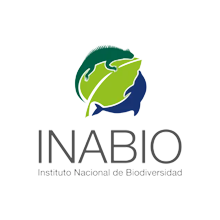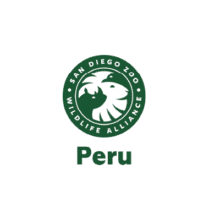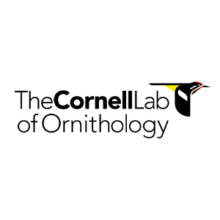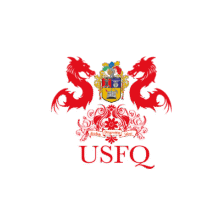La Alianza Aguas Amazónicas reúne 30 organizaciones de Bolivia, Brasil, Colombia, Ecuador, Estados Unidos, Francia y Perú con el objetivo de mantener la integridad y conectividad de los ecosistemas acuáticos de la Cuenca Amazónica
La Alianza se consolida en 2023, tras la fusión de la Red Ciencia Ciudadana para la Amazonía y la Iniciativa Aguas Amazónicas. Nuestra existencia es resultado de años de trabajo y amplia colaboración para entender y conservar los ecosistemas acuáticos de la Amazonía.
NOVEDADES

Informe sobre los objetivos de conservación para los ecosistemas acuáticos de la Cuenca Amazónica
CONOCE MÁSSOCIOS
La Alianza Aguas Amazónicas cuenta con el apoyo de la Fundación Gordon y Betty Moore y el pueblo de los Estados Unidos a través de la Agencia de los Estados Unidos para el Desarrollo Internacional.





































